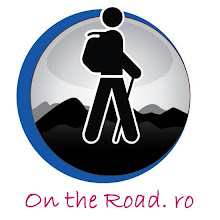Eye tracking studies have revealed valuable information about how people read and interact with websites.
1.Headlines draw eyes before pictures.
2. People scan the first couple words of a headline.
3. People scan the left side of a list of headlines.
When presented with a list of headlines or links, people will scan down the left side, looking at the first couple words, to find something they’re interested in. They don’t necessarily read each line beginning to end.
The implication is the same as before. Get your most mind catching words up front.
4. Your headline must grab attention in less than 1 second
5. Smaller type promotes closer reading. Larger type promotes scanning rather than reading.
6. Navigation at the top of the page works best.
The point may be that anything at the top of a page will be seen immediately. And since top navigation must be simple because of space limits, top navigation is probably much simpler to use.
7. Short paragraphs encourage reading.
8. Introductory paragraphs enjoy high readership.
9. Ad placement in the top and left positions works best.
Still - AD blindness tends to happen when people get used to seeing ads in a particular place. So even the prime upper left area won’t work so well if you always put ads there.
10. People notice ads placed close to popular content.
11. People read text ads more than graphic ads.
So people looking for information are looking for text, not pictures.
However, graphics can be useful for conveying information that is difficult to communicate in pure text, such as how something looks, mathematical information, before and after comparisons.
12. Multimedia works better than text for unfamiliar or conceptual information.
The more familiar they are with the subject, the faster and easier reading is.
If you’re trying to describe a process, for example, a video or illustration conveys this information better than text.
Source: directcreative.com
Abonați-vă la:
Postare comentarii (Atom)


Niciun comentariu:
Trimiteți un comentariu